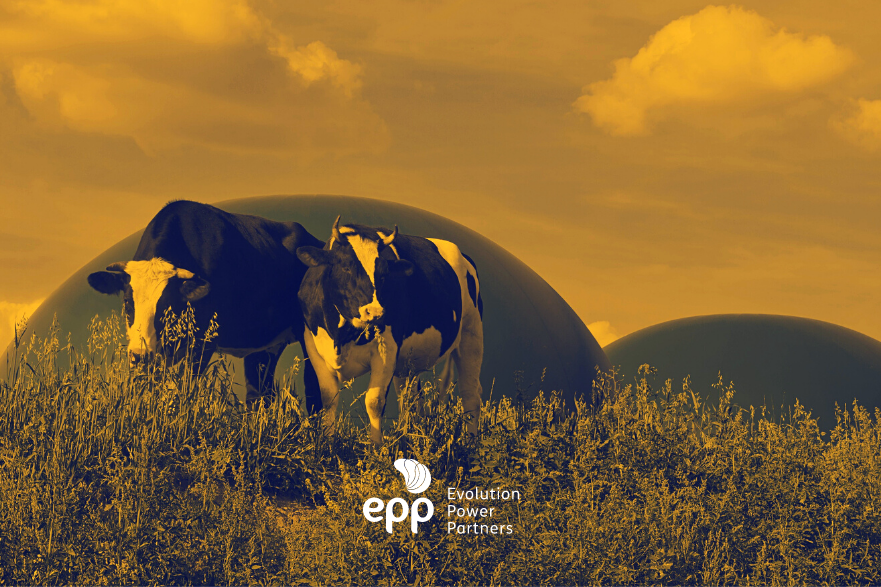Migrating to distributed generation is a possibility that companies have to save and invest in sustainability.
Can every company migrate to distributed generation? Many organizations have seen energy costs grow exponentially in the last two years. Thus, when it comes to energy, it is important to look for ways to reduce costs, without leaving sustainability aside.
In this sense, many organizations and industries are migrating to other models, such as the Distributed Generation. In these cases, before carrying out the migration, it is necessary to take into account the demand profile and consumption patterns of the company. In addition, it is important to pay attention to compliance with the requirements in the migration process to the chosen model.
Distributed generation or free energy market: which one to choose?
The Distributed Generation or DG was approved by ANEEL (National Electric Energy Agency) in 2012. It is a modality in which the final user is the energy producer. As benefits, it is cleaner, more profitable production and a decentralized option for energy production. That is, the generators are connected to the distribution system that is linked to the captive market, controlled by the energy companies. In this model, it is possible to opt for renewable sources, such as biomass, wind, solar and hydraulic.
The free market is a business environment in which energy is traded separately from the captive market, that is, energy supplied by distributors, which takes place in the regulated contracting environment. In this option, companies make agreements directly with the service provider, which can be a generator or energy trader. Through the contract, the parties sign the volume and seasonality of the contracted energy, the consumer can choose the supplier, negotiate prices, supply terms and indexes used in the readjustments, unlike what happens in the captive environment.
To carry out the migration — whether for distributed generation or the free market — the organization needs to pay attention to the requirements imposed by the regulatory agency and supervised bodies and the necessary requirements for migration. Choosing to use a Distributed Generation system requires investment to install micro or mini distributed generation. In addition, it is necessary to analyze other aspects, such as the cost of generation (opex), the cost of installation (capex), the location to implement the plant, the use value of the basic tariff paid to the company in the region.
In this case, consumer units connected at low voltage (Group B), even if the energy injected into the grid is greater than consumption, payment will be due for the availability cost – value in reais equivalent to 30 kWh (single-phase), 50 kWh ( two-phase) or 100 kWh (three-phase). For consumers connected to high voltage (Group A), the energy portion of the bill may be deducted.
Why should a company migrate to the Distributed Generation?
Distributed Generation brings several benefits to the electricity sector, society and companies. In the case of the electricity sector, as the number of users decreases, there is less need for transmission lines and system overload. In this way, fewer plants need to be created, reducing environmental impacts with construction and use, in the case of fossil sources.
For society, in addition to the environmental benefit, the matrix is also diversified and decentralized. That is, less overhead for the conventional system. For the company that opts for the model, there are several benefits. The first one is the reduction of energy costs. Apart from the initial investment to implement the project, the generation costs are much lower than the traditional model. Brazil has one of the most expensive energies in the world and costs have intensified since 2021.
The model also allows the generation of energy credits and later use. Thus, in months when the company produces more than it spends, it is possible to save the generated credits valid for 60 months for other periods with greater use. Another positive point is the choice of a sustainable model. In the case of companies that migrate to distributed generation that uses energy generated from biomass, it is possible to reuse waste generated in the organization itself.
EVA Energia operates in the distributed generation of renewable energy for companies of different sizes, offering sustainable solutions. Committed to the environment, EVA generates energy from its own biogas plants from sanitary landfills and swine farming. Together, they add up to about 20MW of installed capacity and also contribute to the circular economy, while generating savings in companies’ electricity bills.
To carry out the migration process to the distributed generation model, it is essential to look for a specialist company with specialized consulting to carry out all the necessary steps for the migration. If you have questions about migration and want to understand more about the process, contact EVA Energia.




